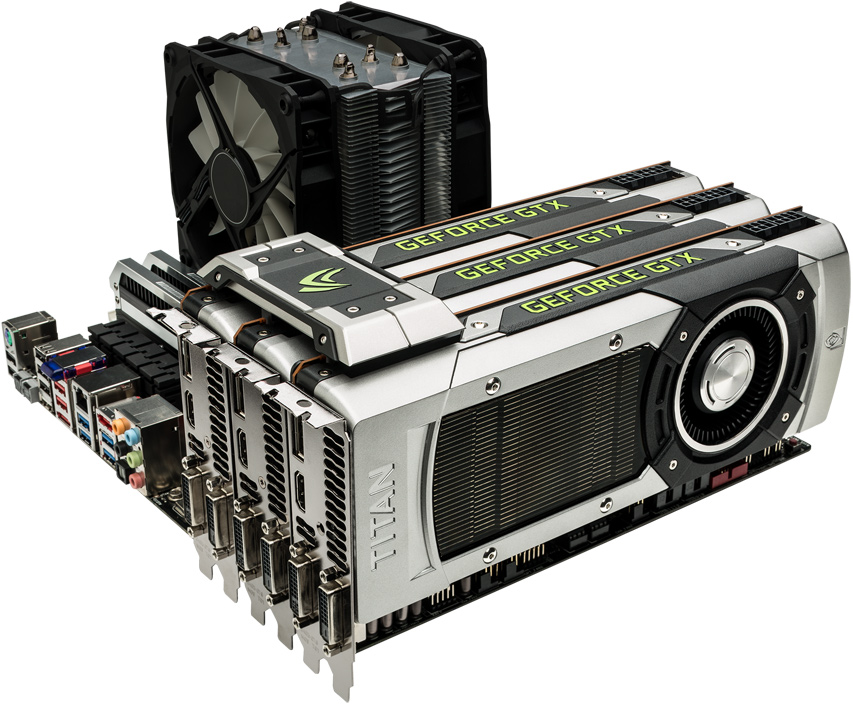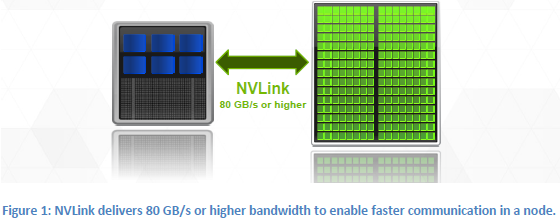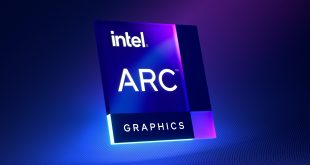Compute performance of modern graphics processing units (GPUs) is tremendous, but so are the needs of modern applications that use such chips to display beautiful images or perform complex scientific calculations. Nowadays it is rather impossible to install more than four GPUs into a computer box and get adequate performance scaling. But brace yourself as Nvidia is working on eight-way multi-GPU technology.
The vast majority of personal computers today have only one graphics processor, but many gaming PCs used to play games integrate two graphics cards for increased framerate. Enthusiasts, who want to have unbeatable performance in select games and benchmarks opt for three-way or four-way multi-GPU setups, but these are pretty rare because scaling beyond two GPUs is not really high. Professionals, who need high-performance GPUs for simulations, deep learning and other applications also benefit from four graphics processors and could use even more GPUs per box. Unfortunately, that is virtually impossible because of limitations imposed by today’s PCI Express and SLI technologies. However, Nvidia hopes that with the emergence of the code-named “Pascal” GPUs and NVLink bus, it will be considerably easier to build multi-GPU machines.
Today even the top-of-the-range Intel Core i7-5960X processor has only 40 PCI Express 3.0 lanes (up to 40GB/s of bandwidth), thus, can connect up to two graphics cards using PCIe 3.0 x16 or up to four cards using PCIe 3.0 x8 bus. In both cases, maximum bandwidth available for GPU-to-GPU communications will be limited to 16GB/s or 8GB/s (useful bandwidth will be around 12GB/s and 6GB/s) in the best case scenarios since GPUs need to communicate with the CPU too.
In a bid to considerably improve communication speed between GPUs, Nvidia will implement support of proprietary NVLink bus into its next-generation “Pascal” GPUs. Each NVLink point-to-point connection will support 20GB/s of bandwidth in both directions simultaneously (16GB/s effective bandwidth in both directions) and each “Pascal” high-end GPU will support at least four of such links. In case a of a system with NVLink, two GPUs would get a total peak bandwidth of 80GB/s (64GB/s effective) per direction between them. Moreover, PCI Express bandwidth would be preserved for CPU-to-GPU communications. In case of four-GPU sub-system, graphics processors would get up to 40GB/s bandwidth to communicate with each other.
According to Nvidia, NVLink is projected to deliver up to two times higher performance in many applications simply by replacing the PCIe interconnect for communication among peer GPUs. It should be noted that in an NVLink-enabled system, CPU-initiated transactions such as control and configuration are still directed over a PCIe connection, while any GPU-initiated transactions use NVLink, which allows to preserve the PCIe programming model.
Additional bandwidth provided by NVLink could allow one to build a personal computer with up to eight GPUs. However, to make it useful in applications beyond technical computing, Nvidia will have to find a way to efficiently use eight graphics cards for rendering. Since performance scaling beyond two GPUs is generally low, it is unlikely that eight-way multi-GPU technology will actually make it to the market. However, if Nvidia manages to improve efficiency of current multi-GPU technologies in general by replacing SLI [scalable link interface] with NVLink, that could further boost popularity of the company’s graphics cards among gamers.
Performance improvement could be even more significant in systems that completely rely on NVLink instead of PCI Express. IBM plans to add NVLink to select Power microprocessors for supercomputers and the technology will be extremely useful for high-performance servers powered by Nvidia Tesla accelerators.
Discuss on our Facebook page, HERE.
KitGuru Says: While actual video games will hardly be able to use eight GPUs efficiently, we are pretty sure that 3DMark benchmarks will set records on extreme many-GPU graphics sub-systems.
 KitGuru KitGuru.net – Tech News | Hardware News | Hardware Reviews | IOS | Mobile | Gaming | Graphics Cards
KitGuru KitGuru.net – Tech News | Hardware News | Hardware Reviews | IOS | Mobile | Gaming | Graphics Cards






